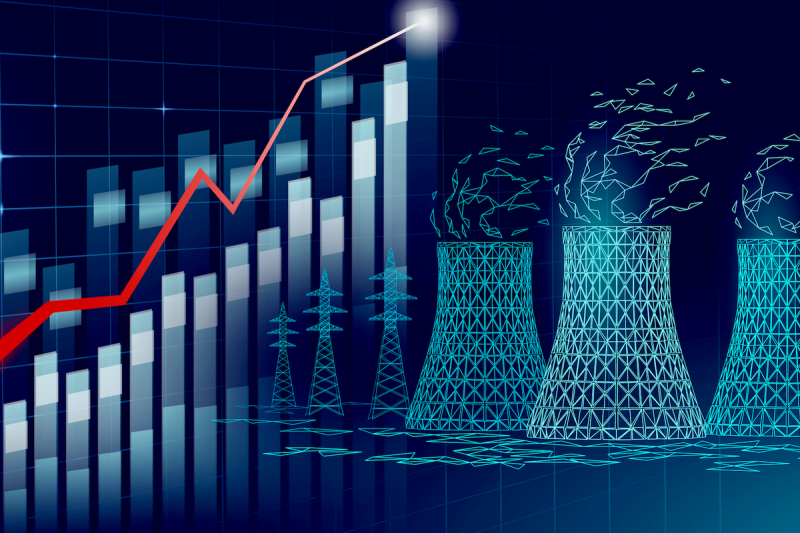
Explosive Growth: US Aims to Triple Nuclear Power Capacity by 2050
The United States Plans to Triple Nuclear Power Capacity by 2050
Expanding nuclear power capacity has been a topic of both excitement and controversy in recent years. As the United States looks towards the future of its energy landscape, the government has set ambitious goals to triple the nuclear power capacity by 2050. This move comes amidst growing concerns about climate change and the imperative to reduce greenhouse gas emissions.
One of the key drivers behind this decision is the recognition of nuclear power as a low-carbon energy source. Unlike traditional coal-fired power plants, nuclear power plants do not emit carbon dioxide during the electricity generation process. This makes nuclear power a crucial component in the transition towards a more sustainable energy mix.
Furthermore, increasing the nuclear power capacity can help reduce the nation’s dependence on fossil fuels, which are not only finite resources but also major contributors to global warming. By expanding nuclear power generation, the United States can ensure a more stable and reliable energy supply while mitigating the environmental impacts associated with traditional energy sources.
However, the journey towards tripling nuclear power capacity is not without challenges. One of the main obstacles is the issue of nuclear waste management. Radioactive waste produced by nuclear power plants is a long-term concern due to its potential environmental and health hazards. Addressing this issue will require robust strategies for safe storage and disposal of nuclear waste to minimize its impact on future generations.
Moreover, ensuring the safety and security of nuclear power plants is paramount in expanding their capacity. The lessons learned from past nuclear disasters, such as Chernobyl and Fukushima, underscore the importance of stringent regulations and continuous monitoring to prevent accidents and mitigate risks associated with nuclear energy production.
Another significant consideration in the expansion of nuclear power capacity is the cost factor. Building and maintaining nuclear power plants require substantial investment, and the financial viability of such projects is a critical aspect to consider. Balancing the economic feasibility with environmental benefits will be crucial in the successful implementation of the government’s ambitious plans.
In conclusion, the United States’ initiative to triple nuclear power capacity by 2050 reflects a strategic move towards a more sustainable and low-carbon energy future. While the benefits of nuclear power in reducing greenhouse gas emissions are undeniable, addressing challenges such as nuclear waste management, safety concerns, and cost implications will be key to realizing this ambitious goal. By navigating these hurdles effectively, the U.S. can lead the way in the global effort to combat climate change and secure a cleaner energy future for generations to come.
